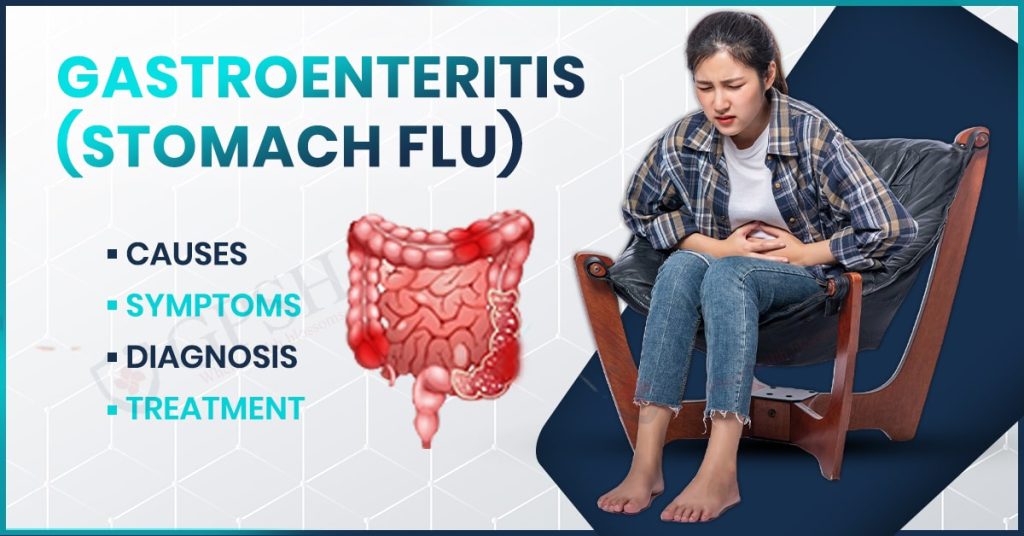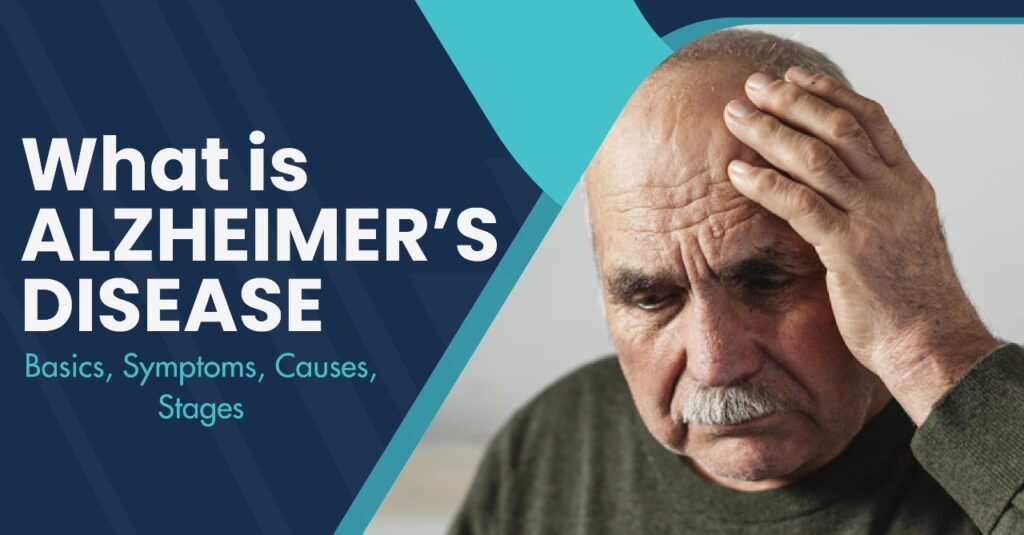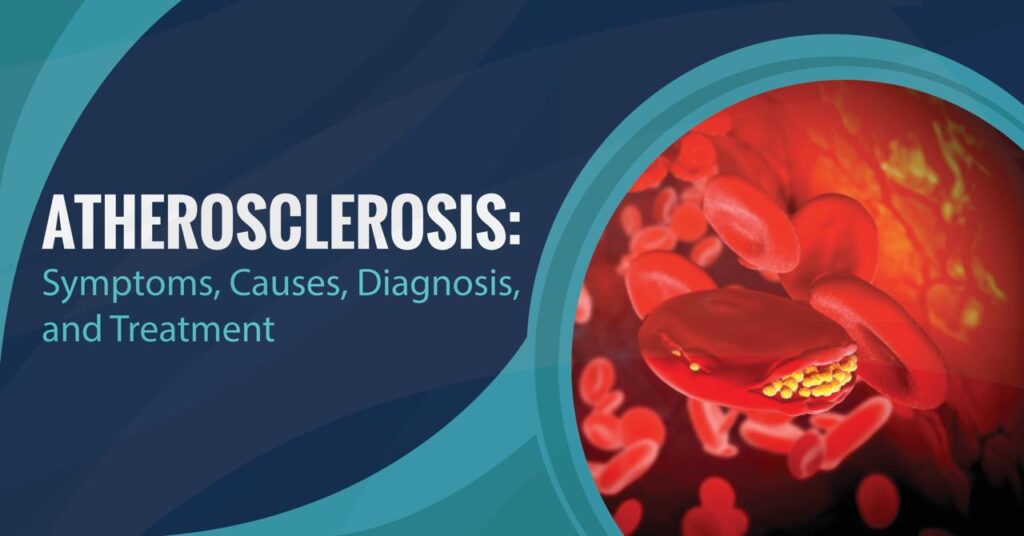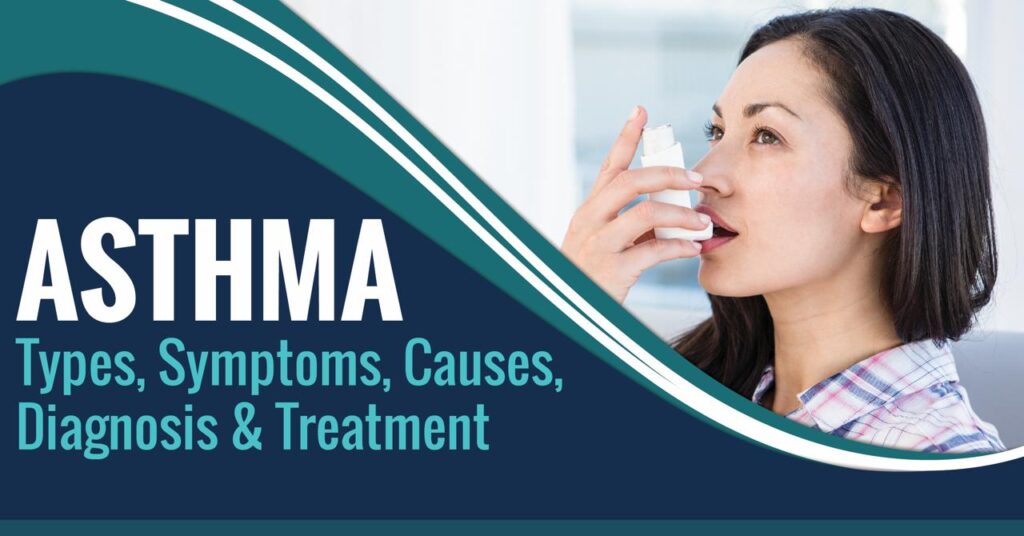Introduction
Gastroenteritis, commonly known as the stomach flu, is an inflammation of the gastrointestinal tract, primarily affecting the stomach and intestines. Viral or bacterial infections typically cause this condition, and in some cases, parasites or toxins. Symptoms such as nausea, vomiting, diarrhea, abdominal cramps, and fever are common, often leading to dehydration if left untreated. Gastroenteritis spreads easily, especially in places with close contact, such as schools, nursing homes, or within households, making prompt diagnosis and management crucial.
We’ll explore the causes, symptoms, diagnostic methods, and treatment options for gastroenteritis. We’ll also cover prevention tips to reduce the risk of infection and strategies to manage symptoms effectively. Let’s delve into each aspect to understand better how to prevent and manage this common illness.
What Is Gastroenteritis?
Gastroenteritis is a medical condition characterized by the inflammation of the mucosal lining of the stomach and intestines. It results from infections caused by viruses, bacteria, or parasites, or from exposure to toxins. This inflammation disrupts the normal absorption and secretion functions of the gastrointestinal tract, leading to symptoms such as nausea, vomiting, diarrhea, and abdominal pain. The condition is often acute and self-limiting but can lead to complications like dehydration, especially in vulnerable populations such as young children, the elderly, and immunocompromised individuals.
You can read also:- Coronary Artery Disease (CAD) – Causes, Symptoms, Diagnosis and Treatment
Types of gastroenteritis
Gastroenteritis can be categorized based on its cause:
- Viral Gastroenteritis: Caused by viruses like norovirus, rotavirus, adenovirus, and astrovirus, this type is the most common and spreads quickly in crowded areas.
- Bacterial Gastroenteritis: Linked to food or water contamination, common bacteria include Salmonella, E. coli, Campylobacter, Shigella, and Clostridium difficile.
- Parasitic Gastroenteritis: Caused by parasites such as Giardia, Entamoeba histolytica, and Cryptosporidium, often spread through contaminated water.
- Toxic Gastroenteritis: Results from toxins in food, including those from Staphylococcus aureus or Bacillus cereus, and chemical toxins like heavy metals.
- Non-Infectious Gastroenteritis: Triggered by medication side effects, food allergies, or conditions like Irritable Bowel Syndrome (IBS), which can mimic gastroenteritis symptoms.
Symptoms of Gastroenteritis
Symptoms of gastroenteritis can vary in intensity but generally include:
- Diarrhea: Often watery, sometimes with mucus or blood (in bacterial infections).
- Nausea and Vomiting: Common, leading to dehydration if persistent.
- Abdominal Cramps and Pain: Ranges from mild discomfort to severe cramping.
- Fever and Chills: Especially common in viral or bacterial infections.
- Fatigue and Weakness: Caused by dehydration and electrolyte loss.
- Headaches and Muscle Aches: This may occur, particularly with viral infections.
- Dehydration Signs: Dry mouth, decreased urination, dizziness, and, in severe cases, confusion or lethargy.
Causes of Gastroenteritis
The primary causes of gastroenteritis are infections, toxins, and irritants that affect the stomach and intestines. Key causes include:
-
Viral Infections
- Norovirus: Highly contagious and common in adults, causing outbreaks in places like schools or cruise ships.
- Rotavirus: Affects infants and young children, often causing severe dehydration.
- Adenovirus and Astrovirus: Usually mild, affecting children and the elderly.
-
Bacterial Infections
- Salmonella and Campylobacter: Typically found in undercooked poultry or contaminated foods.
- Escherichia coli (E. coli): Associated with undercooked meat and unpasteurized products.
- Shigella: Spreads through contaminated water or person-to-person contact.
- Clostridium difficile: Common after antibiotic use, especially in healthcare settings.
-
Parasitic Infections
- Giardia lamblia: Found in contaminated water sources, causing persistent diarrhea.
- Cryptosporidium: A waterborne parasite, resistant to standard water treatment.
- Entamoeba histolytica: Responsible for amebiasis, causing intestinal symptoms.
-
Foodborne Toxins
- Bacterial Toxins: Staphylococcus aureus and Bacillus cereus produce toxins in improperly stored food, leading to rapid-onset symptoms.
- Chemical Toxins: Heavy metals or pesticides accidentally ingested through contaminated food or water.
-
Non-Infectious Causes
- Medications: Certain antibiotics and NSAIDs can irritate the gastrointestinal tract.
- Food Intolerances or Allergies: Conditions like lactose intolerance can mimic gastroenteritis symptoms.
- Irritable Bowel Syndrome (IBS): A chronic condition that can present with symptoms similar to gastroenteritis.
Stomach Flu (Gastroenteritis) in Children
The stomach flu, or gastroenteritis, is an inflammation of the stomach and intestines caused mainly by viral, bacterial, or parasitic infections. In children, viral gastroenteritis—particularly from rotavirus and norovirus—is the most common cause. It spreads easily through contaminated food, water, or close contact, leading to symptoms like diarrhea, vomiting, abdominal cramps, and sometimes fever.
Why Children Are More Prone to Stomach Flu
Children are especially vulnerable to stomach flu due to several factors:
- Developing Immune Systems: Young children’s immune systems are still maturing, making it harder for them to fight off infections.
- Close Contact in Group Settings: Daycares, schools, and play areas increase the likelihood of exposure to infected surfaces, toys, and other children.
- Hygiene Habits: Children often touch their faces, share toys, and may not wash their hands properly, which increases their risk of infection.
- Rotavirus Susceptibility: Rotavirus is particularly common and severe in young children, causing dehydration more quickly than other types of gastroenteritis.
Preventive Measures for Stomach Flu in Children
Preventing gastroenteritis in children involves a mix of hygiene practices, vaccinations, and awareness:
- Proper Hand Hygiene: Encourage frequent handwashing with soap and water, especially before meals and after using the restroom.
- Vaccination: The rotavirus vaccine, given in early infancy, greatly reduces the risk and severity of rotavirus infections.
- Cleanliness in Shared Spaces: Regularly clean toys, surfaces, and other objects that children come into contact with.
- Safe Food and Water: Avoid giving children undercooked or unpasteurized food and ensure safe drinking water, especially when traveling.
- Teach Healthy Habits: Encourage children not to share utensils, cups, or food to reduce germ transmission.
You can read also:- Benign Prostatic Hyperplasia – Causes, Symptoms, Diagnosis and Treatment
What are the risk factors for getting gastroenteritis?
Several risk factors can increase the likelihood of developing gastroenteritis, including:
- Age: Young children and older adults are more vulnerable due to less mature or weakened immune systems. Children are especially prone to viral gastroenteritis, while elderly individuals are at higher risk for complications from dehydration.
- Compromised Immune System: People with weakened immune systems, such as those with chronic illnesses, cancer, or HIV/AIDS, have a reduced ability to fight off infections.
- Close Contact Environments: Living or spending time in close quarters, such as in daycare centers, schools, nursing homes, or cruise ships, increases the risk of exposure and transmission.
- Traveling: Traveling, especially to areas with poor sanitation or contaminated water, increases the risk of encountering infectious agents responsible for gastroenteritis (commonly referred to as “traveler’s diarrhea”).
- Food and Water Contamination: Consuming food or water contaminated with viruses, bacteria, or parasites (such as undercooked meats, unpasteurized products, or contaminated drinking water) is a common cause of gastroenteritis.
- Poor Hygiene Practices: Inadequate handwashing after using the bathroom, changing diapers, or handling food can increase the risk of spreading gastroenteritis-causing pathogens.
- Seasonal Factors: Certain viruses, like norovirus, are more prevalent in colder months, increasing the likelihood of outbreaks during these times.
- Unvaccinated Individuals: Not receiving vaccinations, such as the rotavirus vaccine in children, increases susceptibility to certain types of viral gastroenteritis.
Gastroenteritis Treatment
The primary treatment for gastroenteritis focuses on relieving symptoms and preventing dehydration. Most cases resolve on their own, but here are the key treatment approaches:
-
Hydration
- Oral Rehydration Solutions (ORS): For mild to moderate dehydration, ORS (containing salts, sugars, and electrolytes) is highly effective. It helps restore fluid balance faster than water alone.
- IV Fluids: In severe cases, especially in infants, young children, or elderly patients with significant dehydration, intravenous fluids may be required.
-
Dietary Adjustments
- Clear Liquids: Start with clear liquids such as broth, diluted juice, or electrolyte drinks.
- Gradual Diet: Gradually reintroduce bland foods, like bananas, rice, applesauce, and toast (known as the BRAT diet), as symptoms improve.
- Avoid Certain Foods: Avoid dairy, caffeine, alcohol, and fatty or spicy foods, which can aggravate the stomach.
-
Medications
- Anti-Diarrheal Medications: Medications like loperamide can relieve diarrhea, but they should be used cautiously, especially in children or bacterial infections, as they can prolong certain types of infections.
- Antiemetics: Medications like ondansetron can help reduce nausea and vomiting, especially in severe cases.
- Antibiotics: Generally, antibiotics are not used for viral gastroenteritis. They may be prescribed in certain bacterial cases, such as those caused by Shigella or Campylobacter, but only after a confirmed diagnosis.
Conclusion
Stomach flu, or viral gastroenteritis, is a common illness that affects both adults and children, causing symptoms such as vomiting, diarrhea, and abdominal cramps. In children, it can lead to dehydration more quickly, requiring immediate medical attention to avoid severe complications. Since children are particularly vulnerable, it is important to seek timely treatment to manage symptoms and prevent further health issues.
Stomach flu falls under the Pediatrics department, where specialists are equipped to handle such cases with care and expertise. Shekhawati Hospital in Jaipur has some of the best pediatric doctors who are well-versed in treating stomach flu, ensuring that young patients receive the highest level of care and recovery.









